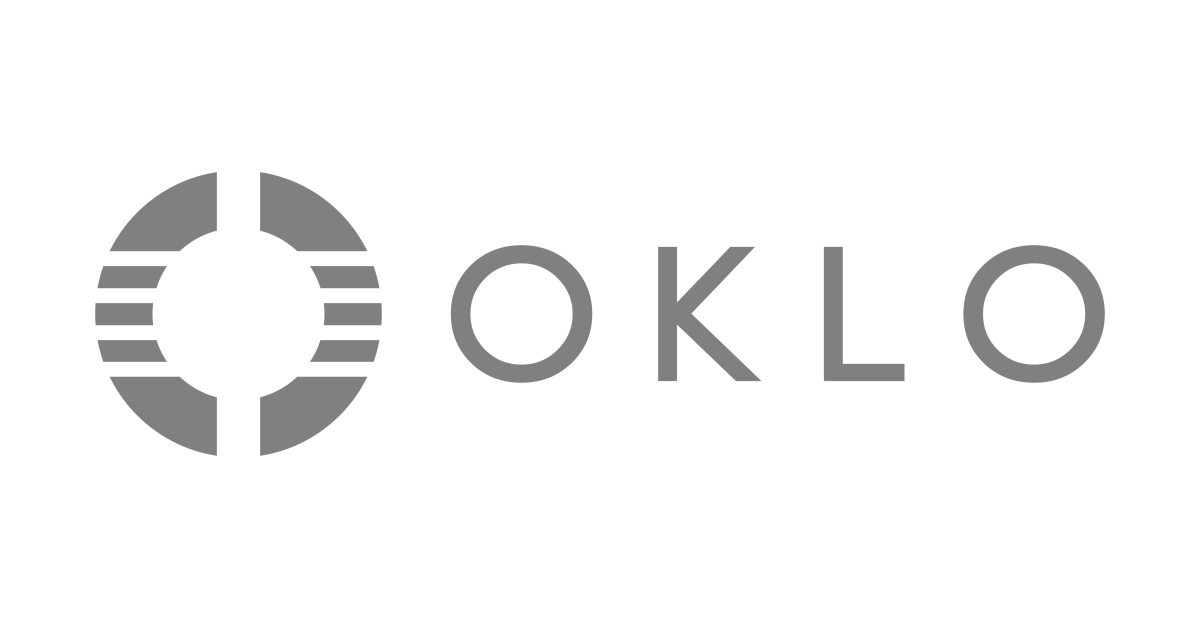Part 1 of 2 Parts
Tech firms and Silicon Valley billionaires have been pouring money into nuclear energy for years. They have pitched sustainable power sources as crucial to the green transition. Now they are promoting artificial intelligence.
While generative AI has grown at lightning speed, nuclear power projects are heavily regulated and usually advance at a very slow pace. That’s raising questions about whether advances in nuclear energy can cut emissions as quickly as energy-hungry AI and other fast-growing technologies are adding to them.
Sarah Myers West is managing director of the AI Now Institute, a research group focused on the social impacts of AI. She said, “If you were to integrate large language models, GPT-style models into search engines, it’s going to cost five times as much environmentally as standard search.” At current growth rates, some new AI servers could soon consume more than eighty-five terawatt hours of electricity each year, researchers have estimated. This is more than some small nations’ annual energy consumption.
Myers West continued, “I want to see innovation in this country. I just want the scope of innovation to be determined beyond the incentive structures of these giant companies.”
Oklo is one of the nuclear startups backed by Sam Altman who is the CEO of OpenAI. He has described AI and cheap, green energy as mutually reinforcing essentials to achieving a future marked by “abundance.”
In 2021, Altman invested three hundred and seventy five million dollars million in Helion Energy, a nuclear fusion startup that Altman chairs. He told an interviewer that last year Microsoft agreed to buy power from Helion starting in 2028. He added, “Fundamentally today in the world, the two limiting commodities you see everywhere are intelligence, which we’re trying to work on with AI, and energy.” Oklo, which Altman also chairs, is focused on the opposite reaction, fission, which generates energy by splitting an atom; fusion does so by merging atomic nuclei.
In rural southeastern Idaho, Oklo is working on the construction of a small-scale nuclear powerhouse that could fuel data centers like the ones OpenAI and its competitors need. However, the company also wants to supply mixed-use communities and industrial facilities. It is already contracted to build two commercial plants in southern Ohio.
Jacob DeWitte is the Oklo CEO and co-founder. As the U.S. moves toward wide electric vehicle adoption and decarbonization, he said that “the amount of energy we’re going to need to do that is huge. Also heating and cooking — if we want to electrify those processes, you’re going to need even more.”
Oklo has found getting regulators on board is more difficult than finding potential customers.
In 2022, the federal Nuclear Regulatory Commission (NRC), which oversees commercial nuclear power plants and materials, denied the company’s application for the design of its Idaho “Aurora” powerhouse. The NRC said that Oklo hadn’t provided enough safety information. In October of 2023, the Air Force rescinded its intent to award a contract for a microreactor pilot program to power a base in Alaska.
DeWitte said “You’ve got new physics, you have to use new models. You have to do all sorts of stuff that’s different than what they’re used to,” referring to the NRC. Oklo is now working to satisfy the requirements of regulators, he said, acknowledging agency officials must “do their independent job of ensuring this meets adequate safety requirements.”
Please read Part 2 next

